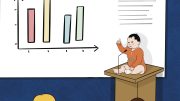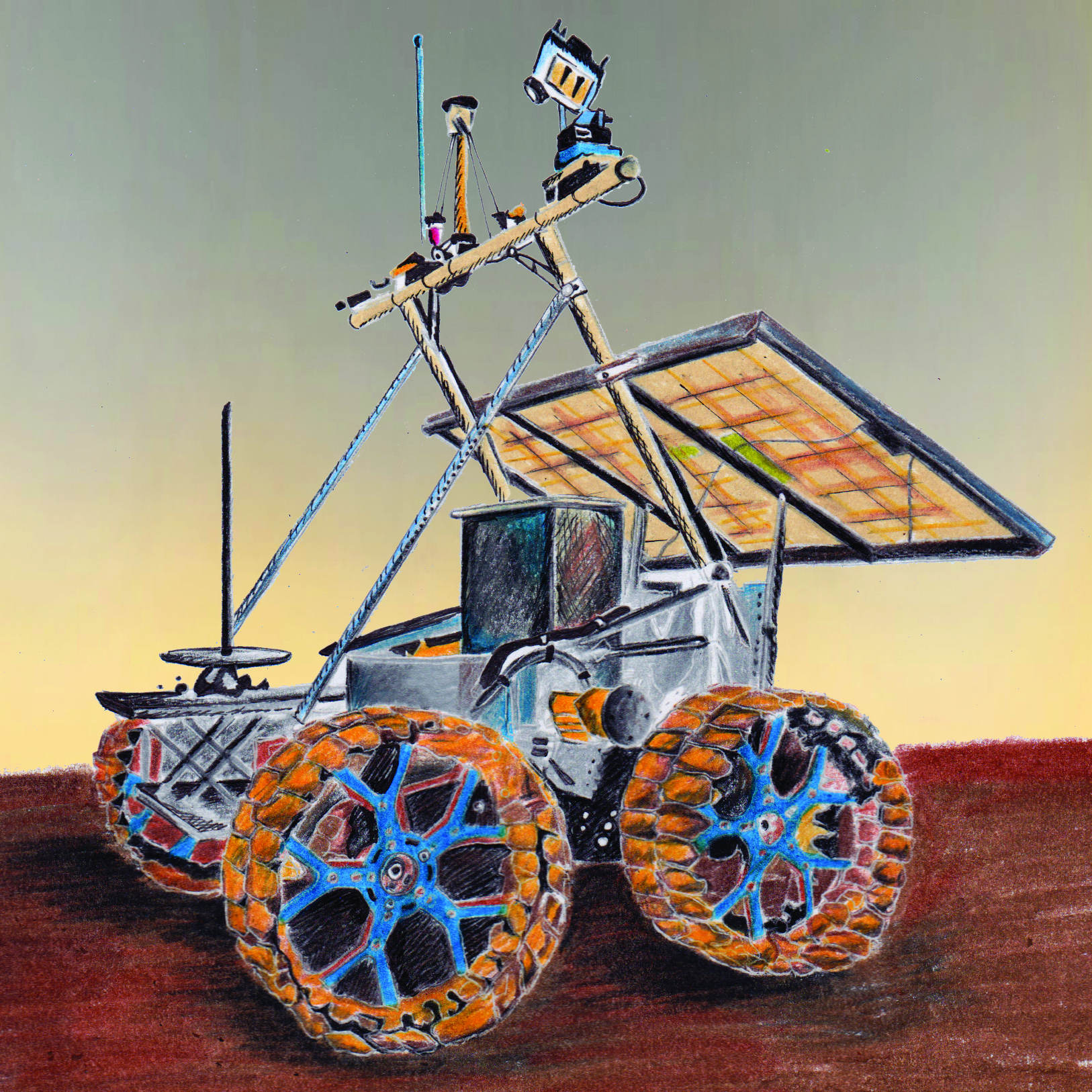Playing video games is not only for the fangirls and fanboys (although that new Deadpool game sure looks great). They can also be used to help people struggling with literacy from dyslexia.
Between five and 10 per cent of people are affected by dyslexia – a developmental neurological disorder that results in poor spelling and reading ability. A recent study conducted by Vanessa Harrar, of the Oxford University Department of Experimental Psychology, looked at the way auditory and visual senses interact in these individuals while they used video games. Dyslexic participants in the study had a harder time shifting their attention between sights and sounds, and were much slower at making those shifts than the control individuals they were compared with.
It is generally known that dyslexic brains function differently than the brains of people without dyslexia. This results in different patterns of responses to auditory and visual stimuli.
Dyslexia even manifests in individuals of normal intelligence in environments with plenty of educational opportunities. Because these factors don’t hold a great influence, it is thought that developmental problems of dyslexia start before birth in the cerebral cortex.
People with dyslexia present differences in brain anatomy, though the exact significance of these differences is still unknown. Dyslexia itself is described as a multi-system deficit possibility. The brain struggles to conduct tasks based on rapidly occurring and infrequent stimulation, like visual cues quickly followed by sounds.
The largest differences noted between dyslexic and non-dyslexic groups were their responses to sounds produced right after sights. It’s also thought that more attention is focused on the visual cues when attention needs to be shifted from one cue to another, such as from sights to sounds. This supports the theory that dyslexics might have a visual attention disorder.
Interestingly, dyslexia happens to be more frequent in men than in women. This is thought to be due to specific hormonal factors, such as fetal testosterone levels, affecting the development of the brain during the later stages of pregnancy.
Dyslexia is also thought to have a genetic association since it can be passed down within families, given that studies have traced the developmental disorder to specific chromosomal regions.
In the past, therapy for those struggling with the disorder would only include guidance from experts such as speech and occupational therapists, neuropsychologists, and specialized educators.
The benefits of treatment can become visible months, if not years, after commencement. However, patients may still struggle with their literacy.
Harrar’s video game study proposes that the differences in the way stimuli are responded to should be taken into consideration and focused on when designing training programs used to help dyslexic individuals with their reading and writing skills.
Other patients of the experiment who had trouble responding to stimuli at healthy speeds showed response patterns similar to those of dyslexics. It was noted that these specific patient groups had reaction times that favoured auditory inputs compared to visual inputs. This could mean that dyslexics would have a harder time processing visual information.
Harrar and her team suspected that a majority of dyslexics in their sample also had ADHD. Previous research with individuals possessing ADHD have shown that they have a preference for diverting their attention toward visual cues, resulting in slower reactions to sounds. This was a factor that might potentially contribute to skewing the study’s results.
Overall it still remains that the stimuli responses were lower in those with dyslexia in comparison to those without the condition. This means the potential that participants had ADHD would not too adversely affect the outcomes. Harrar’s team also suggests investigating how visually-based cues might provide some answers on the actual cause of dyslexia, as well as further help to develop better training programs.
Video games that focus on how fast the players can visually respond to what’s going on have proven to be successful in improving literacy within dyslexic individuals. The research paper describes these video games as a great way for giving perceptual learning to dyslexics.




